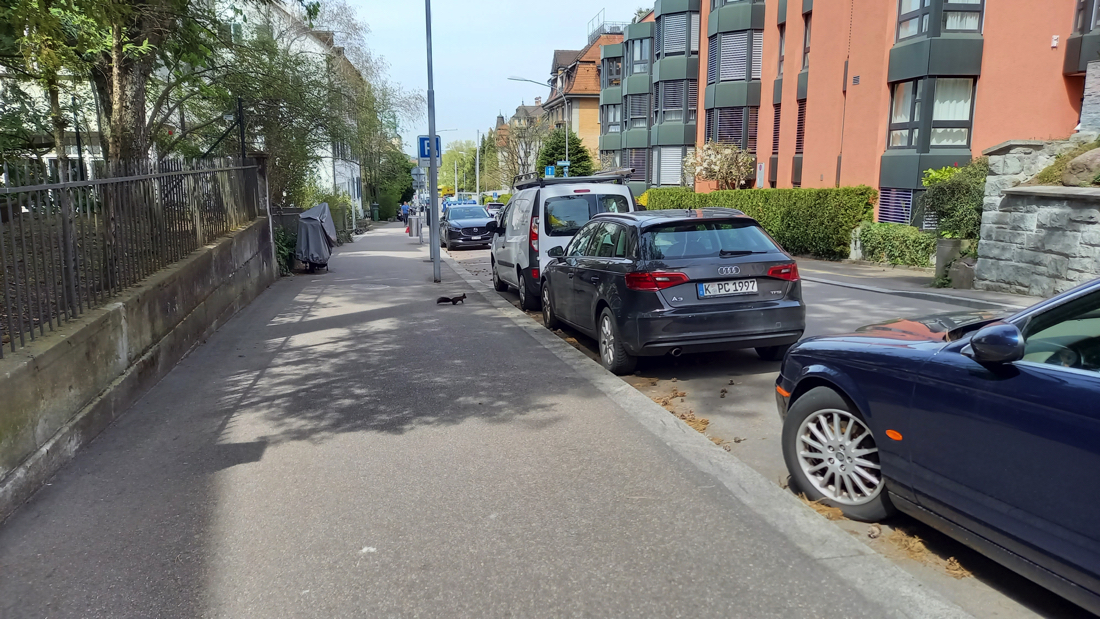The city’s wild side
Management and conservation of urban wildlife
Cities are rapidly expanding both in extent and human population. However, not only humans occupy urban habitats. We share urban spaces with a wide array of wildlife, and the wildlife diversity in urban spaces often outperforms that of surrounding areas. Mammals are of particular interest to study due to their high diversity of ecological traits and habitat requirements, as well as their potential for zoonotic diseases. For urban conservation measures, it is crucial to know which species exist in cities and how species composition changes over time. However, many mammals are elusive, nocturnal, and difficult to identify to the species level even upon close examination. Management and conservation of urban wildlife relies on the development of effective and cost-efficient monitoring methods.
In this project, we will use a participatory approach to study space use, habitat selection, and effective monitoring methods to inform conservation and wildlife management in urban areas. This project is performed in collaboration with the citizen science network and wildlife observation platform external page stadtwildtiere.ch.
First, we will focus on optimizing monitoring methods for urban mammals. Working together with volunteers, we will apply and collect eDNA water samples from Zurich's waterways and compare the detected occurrences of species with those obtained with traditional monitoring methods such as wildlife camera trapping and wildlife observations collected through citizen science. With this comparison, we hope to identify the most effective means for monitoring urban mammals.
We can then use these wildlife observations and more from external page stadtwildtiere.ch to investigate the occurrence and habitat selection of multiple mammal species across multiple Swiss cities. We aim to identify which habitat characteristics (e.g., sealed surface, green spaces, canopy cover, building density) promote the occurrence of certain species while preventing the occurrence of others.
More specifically, we will study factors that determine the distribution and habitat selection of two urban wildlife species: squirrels and hedgehogs. Squirrels, formerly a forest dweller, have long been present in the green "ecological infrastructure" of the urban environment. We will quantify the importance of tree size, tree species and tree diversity, as well as canopy connectivity, in defining squirrel distribution. Hedgehog numbers have been shown by a previous study to be declining in urban environments. By using occupancy data collected in footprint tunnels in Swiss cities and rural areas, we will identify factors that drive hedgehogs’ habitat selection. Knowledge about distribution and habitat selection will help inform conservation and management strategies towards the greatest impact for these key urban wildlife species.


